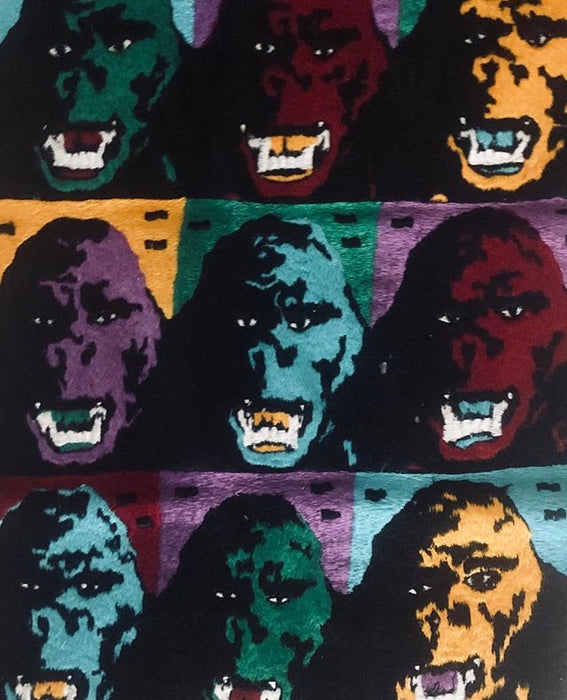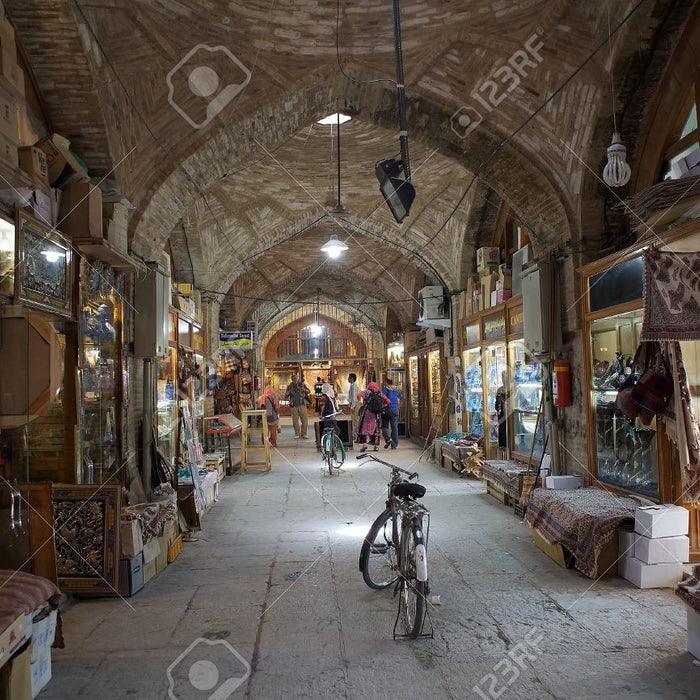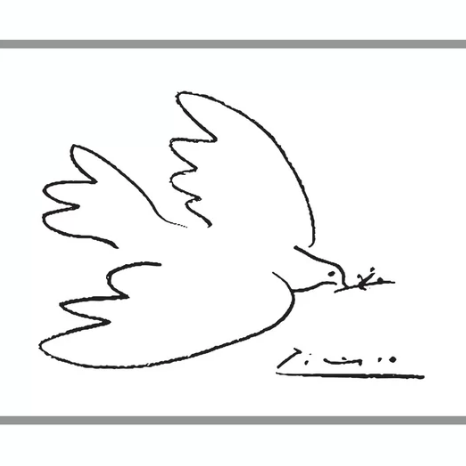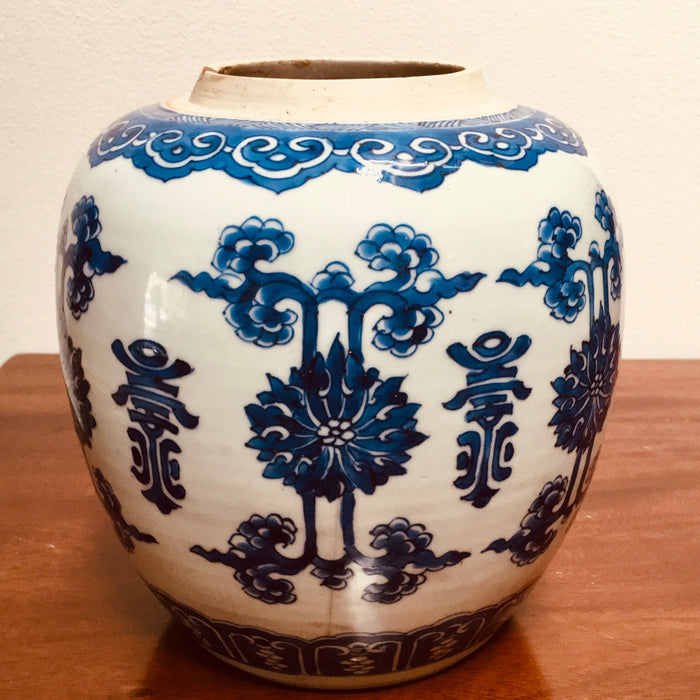
The New & Exciting World of Collecting Antiques & Art in the 21st Century
I am definitely an artifact of another time left to make my own way in this twenty-first Millennium. I have learned much and been surprised less. Something unexpected has occurred as of late though and something I didn’t anticipate....



